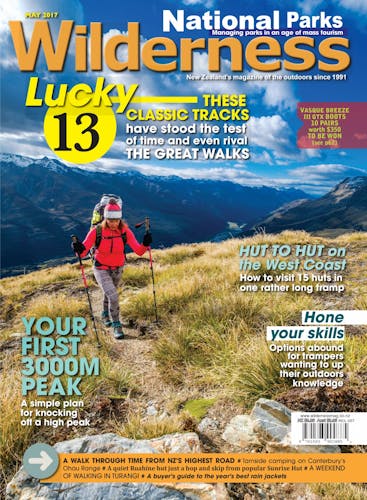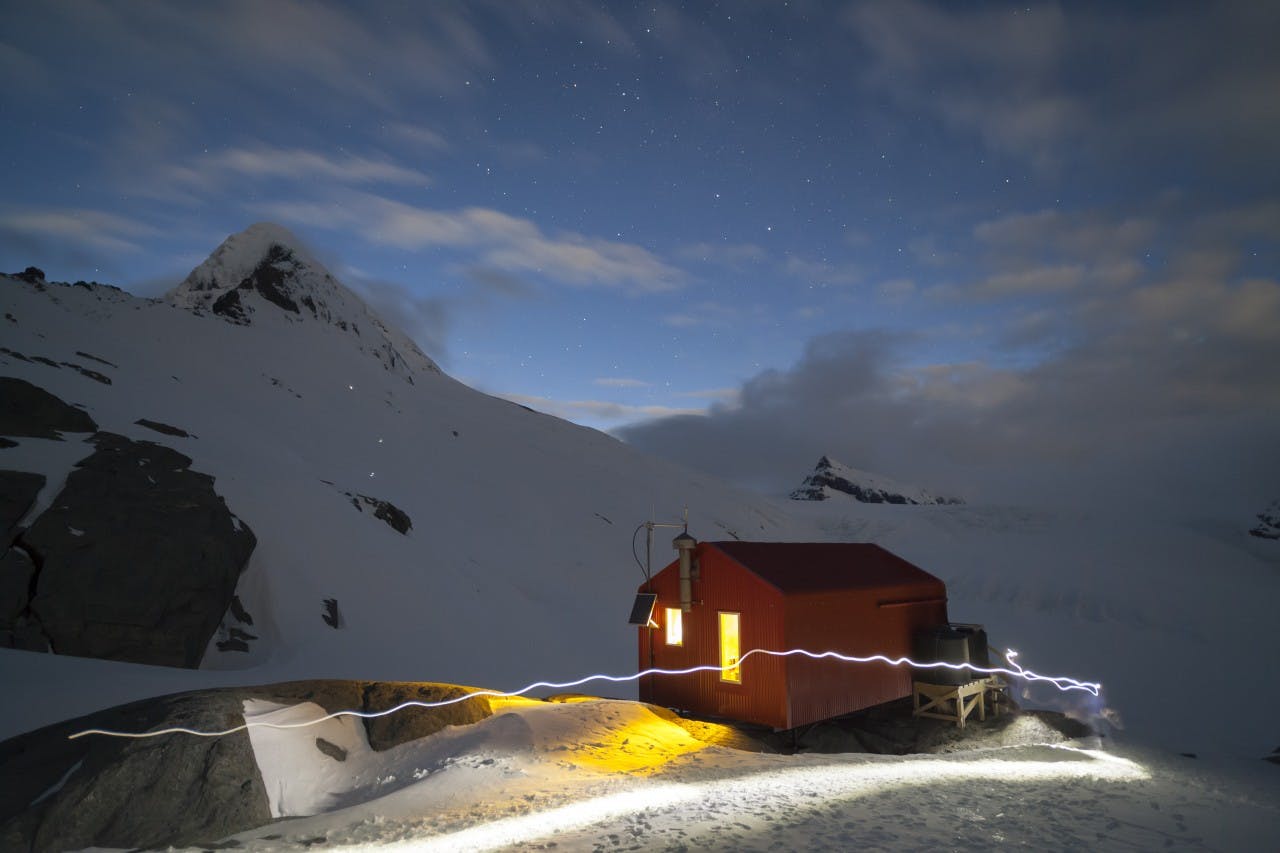Mountain guide Jane Morris talks us through a guided climb of Mt Aspiring/Tititea
The difference between employing a guide to climb a 3000m peak and ‘doing it yourself’ is like opting to take the escalator instead of the stairs. Both will get you up and down but one with significantly less physical and mental effort than the other, and over a shorter time frame.
However, while taking a guide is like hopping on the escalator, it still requires some effort to get on and to manoeuvre past some obstacles, but the only requirement is that you watch your step and hang on. All the infrastructure is in place for you to have a pleasant experience.
The mountain eye candy of the Southern Lakes is Mt Aspiring/Tititea. Elegantly poised at 3033m, it is a challenging yet achievable first peak.
Preparation
The preparation for a guided climb may involve little or no prior mountain experience. The only requirement is a solid level of physical aptitude to deal with the terrain, though even this can be overcome with a high level of mental toughness.
But do yourself a favour: walk up and down a hill with a 12-15kg pack (water bottles can be helpful, remember to tip out the water for the downhill), building up to an 8-10 hour walk. Your body (and your guide) will thank you for it later.
All equipment, supplies, transport logistics, weather forecasts and current mountain conditions will have been considered and planned for by your guide. And once in the mountains, your guide will deal with the hundreds of micro decisions required for a successful trip. This is what the client is paying for: a thorough and efficient decision maker; someone to take responsibility for the pieces of the mental jigsaw puzzle that make up mountaineering.
The only equipment requirement is a pair of suitable boots. A pair of worn in three-quarter or full-shank four season boots will do the job. While it’s nice to have your own pack, crampons, harness and jacket, all this can be provided (or hired) by the guiding company.
The climb
So how accessible is Aspiring to the regular Kiwi tramper? John Aiken from Tauranga is in his mid-50s. He keeps active by cycling, tramping, walking laps up and down Mount Maunganui (all 232m of it) and travels south every year to go ski touring. John became curious about mountaineering after I guided him over the Haute Route in the French and Swiss Alps last year. He enjoyed the steeper passes and crampon work on the technical parts of the traverse.
Then, in November 2016, he and I were relaxing on the deck at Colin Todd Hut, having spent an enjoyable day climbing Aspiring via The Ramp. Despite it being John’s first foray into the technical world of climbing, he was able to hop on the escalator and enjoy the ride.
Physically it was well within his comfort zone and we were able to move through the terrain at a measured mountain pace, taking 12 hours return. He felt challenged, but not overwhelmed.
If you are already relatively fit and active, but are time-poor and want to maximise your chance of success, minimise the hazards and risks, remove a layer of stress and add a layer of safety, then hiring a guide is your best option for climbing a 3000m mountain like Aspiring.
– Jane Morris is a NZMGA mountain guide at Adventure Consultants
Guided up Mt Aspiring
Cost: From $4500-$4800 (flying one direction)
Length: 5-6 days; walking or flying options in both directions are possible
Climbing day length: 10-14hr depending on route and conditions
Who can take you? Try these operators: www.adventureconsultants.com; www.alpineguides.co.nz; www.alpinerecreation.co.nz; www.aspiringguides.co.nz







